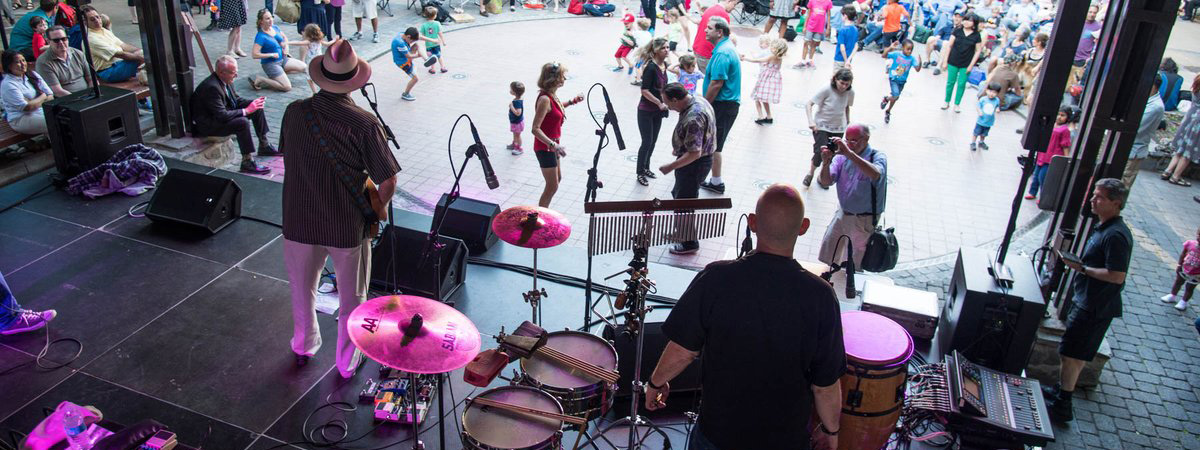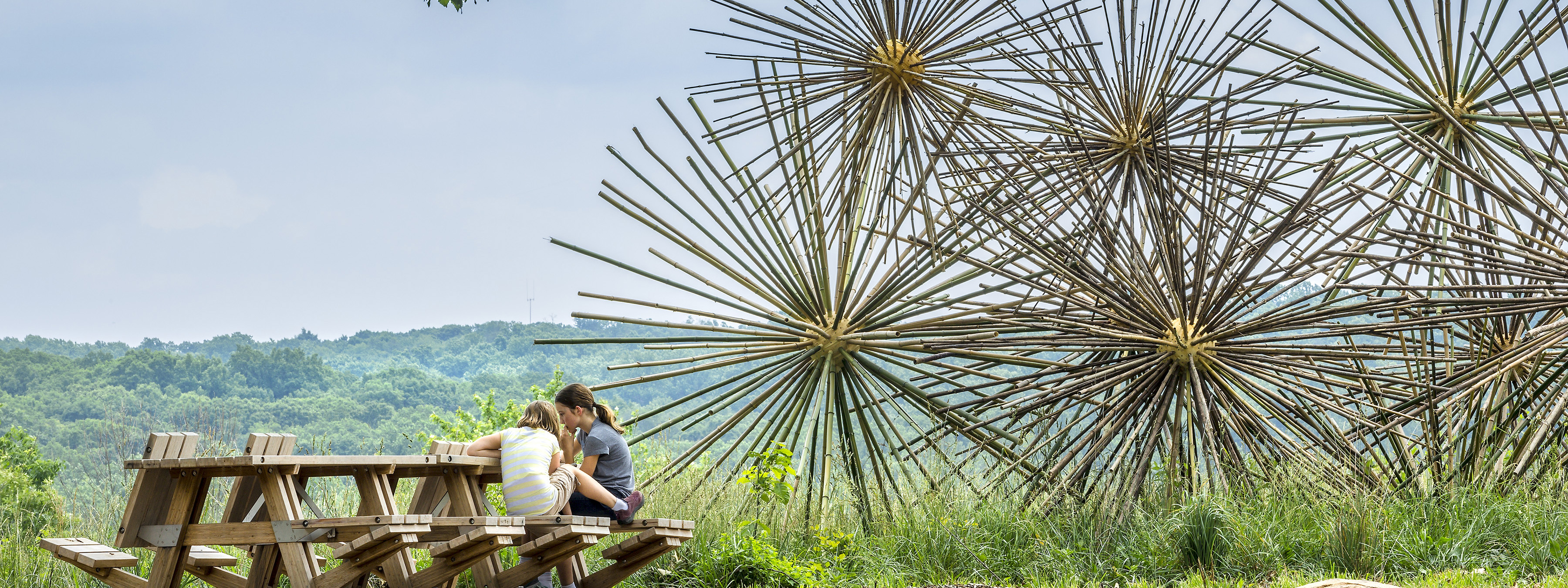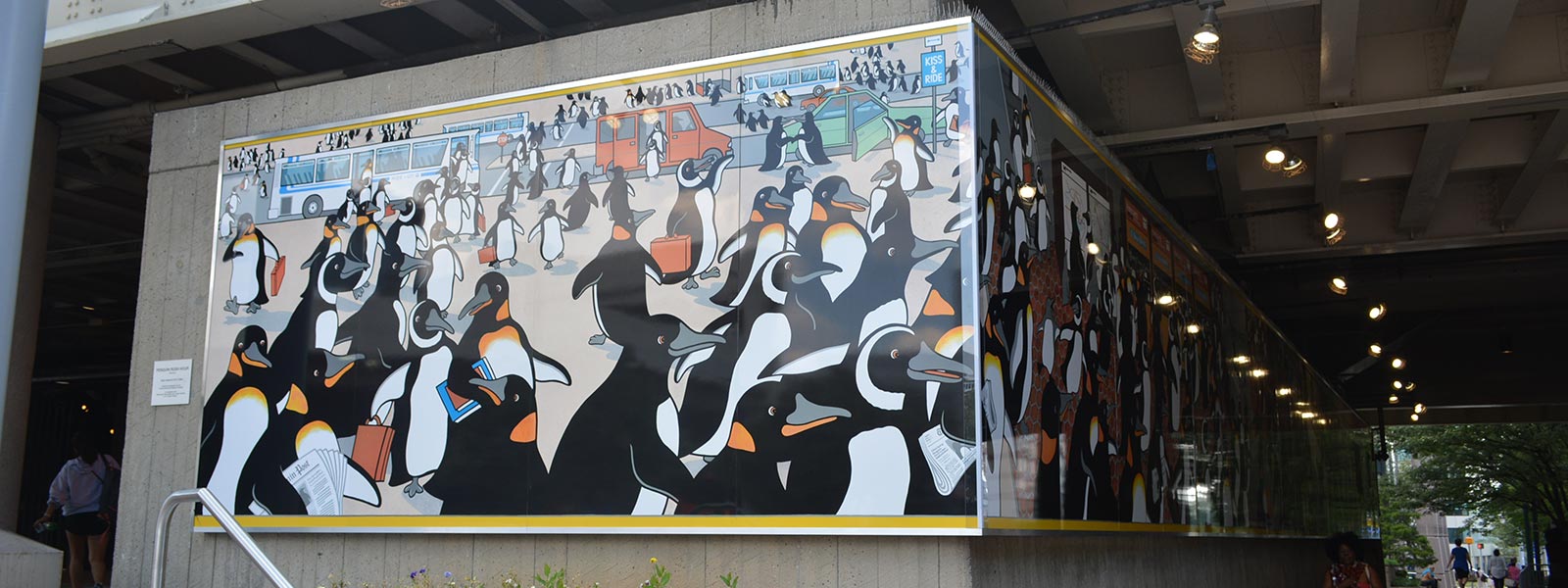Montgomery County has evolved into one of the most diverse jurisdictions in the nation and our arts and culture sector is impressive in its scope and depth. Arts and cultural practices touch every corner of life and are among the most visible indicators of the social values and diversity of a place, and public art and cultural institutions contribute significantly to the county’s economy by attracting talent and spurring innovation through exchange of ideas. Taken as a whole, the sector would be the sixth-largest employer in the county; it helps foster the growth of creative, social, and economic ecosystems, and its practitioners have developed tools that can share untold stories, encourage empathy, and empower civic voices, fostering dialogue and building connections among people with different backgrounds and perspectives.
Beyond that, urban design principles also apply more broadly to our county’s blocks and individual development sites, the architecture of public and private buildings, the landscape of plazas and public spaces, and elements of street design. Good design, oriented around people and their environments rather than automobiles, creates places that draw commerce and social activity and add value to their surroundings. Thrive Montgomery 2050 thus proposes that a focus on form and adaptability rather than use and density in regulatory systems will provide flexibility to respond to changing market conditions and demographic trends and help us take advantage of disruptive technological and cope with environmental change.
As we strive to enhance the quality of life in Montgomery County for all our residents and strengthen the appeal of our community as a place to live and work, the functional, cultural, and aesthetic aspects of design are more important than ever. Thrive Montgomery 2050 encourages better design of buildings and parking with adaptability in mind to prolong their useful lives and conserve energy, as well as to engage our community with great places.
Planning Board work session
February 4, 2021


